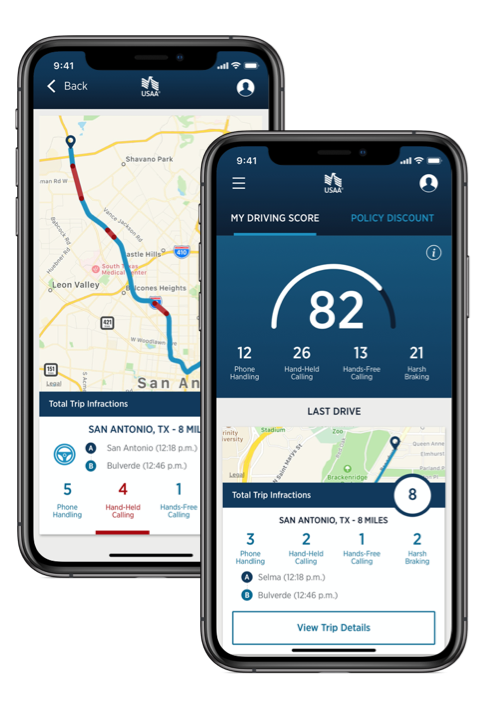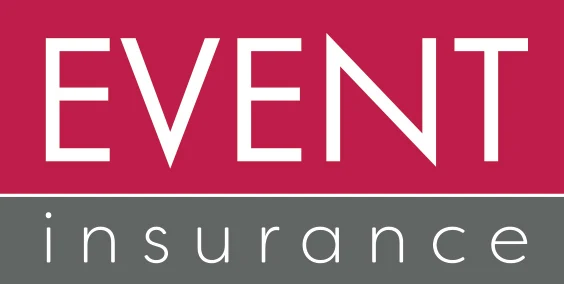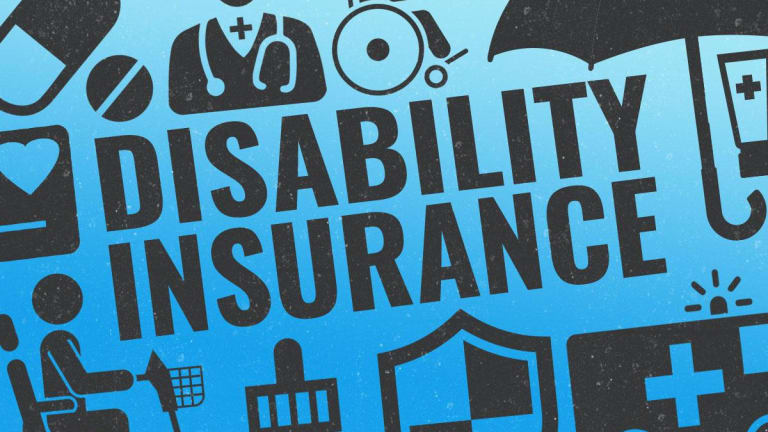Insurance
Understanding Auto Insurance Quotes
Getting an accurate auto insurance quote is an important step in finding the right policy at the best price. In this comprehensive guide, we’ll cover everything you need to know about auto insurance quotes, including how they work, where to get them, key factors that impact pricing, and more. By the end, you’ll have a thorough understanding of what goes into an auto insurance quote and how to utilize them effectively during your shopping process.
What is an Auto Insurance Quote?
Put simply, an auto insurance quote provides an estimate of what your premium would cost for an insurance policy. However, it’s important to understand that a quote isn’t an exact, binding figure – it’s a projection based on limited information provided to the insurer.
When obtaining a quote, insurance companies will ask for basic details about you, your driving history, and your vehicle. They’ll then evaluate these details against various rating factors to assess your perceived level of risk and how much to estimate charging for a policy. No insurer can give a firm, guaranteed quote without first performing a full underwriting review once you apply.
In addition to the estimated premium amount, a comprehensive auto insurance quote will outline the specific coverage types and limits that are included. It may also disclose any discounts you appear to qualify for based on your info and potentially offer different payment plan options like monthly installments.
Some key points about auto insurance quotes:
- They provide a ballpark cost projection, not a binding premium amount.
- Quotes allow comparison shopping by outlining coverages, limits, and discounts in one place.
- Multiple quotes are needed for an accurate sense of market rates.
- Underwriting ultimately determines final premium pricing once a policy is purchased.
Understanding what a quote entails is the first step toward utilizing it effectively in your insurance shopping process. Let’s dive deeper.
Where to Get Auto Insurance Quotes
There are a few primary sources for obtaining auto insurance quotes:
Insurance Agents – Whether visiting an agent in person or speaking with one over the phone, an agent can generate quotes from the various insurers they represent. Agents are licensed to sell policies from multiple companies.
Insurance Companies – You can get direct quotes through national or regional insurers by visiting their websites or calling dedicated sales numbers. Some larger insurers have local offices as well.
Insurance Brokers – Independent brokers aren’t tied to any single company. They can shop rates simultaneously from a wide range of insurers and compile quotes for comparison.
It’s generally best practice to obtain quotes from all three sources – agents, companies, and brokers – to compare options from as many underwriters as possible. This gives the fullest picture of available rates and coverage providers in your area.
When requesting quotes, always verify the business is properly licensed in your state. Both agents and companies should be easy to lookup on your Department of Insurance website. Thoroughly researching providers adds an extra layer of protection.
Information Needed for an Auto Insurance Quote
For insurers to generate an accurate quote, they’ll need specific details about you, any other drivers on the policy, and your vehicle. Often this requires supplying the following types of information:
Personal Information:
- Full name
- Date of birth
- Driver’s license number
- Marital status
- Address
- Contact details
Driving History:
- Record of accidents/violations
- Years of driving experience
Vehicle Details:
- Make/model/year
- Vehicle identification number (VIN)
- Primary use (pleasure, commuting, etc.)
- Parking location (garage, driveway, street)
- Financing/lease info if applicable
Household Information:
- Names and dates of birth of all licensed drivers residing with you
Current Insurance:
- If seeking new coverage, provide carrier name, coverages, limits, and deductible amounts from your current or recent policy for quoting accuracy.
It’s important to disclose all information truthfully and completely. Insurers rely on application details to assess risk and calculate quotes. Any omissions could result in incorrect quotes or disputes down the road.
Factors That Impact Auto Insurance Rates
A variety of personal characteristics and risk factors influence how insurers assess applicants and ultimately determine auto insurance rates. While each company calculates risk slightly differently, here are some of the most common rating elements considered:
- Age – generally, younger and older drivers are high risks
- Gender – statistically, young males often have higher premiums
- Marital status – married people tend to file fewer claims
- Driving record – accidents and violations increase rates
- Years of driving experience – new, inexperienced drivers cost more
- Credit history – those with poor credit may face higher premiums
- Vehicle type/features – high-end or sports cars are more expensive to insure
- Annual mileage – more miles driven correlates to greater exposure to risk
- Garaging location – urban areas with more claims cost more to insure
- Policy coverages – higher liability limits mean increased insurer payout risk
- Deductible amount – opting for lower deductibles increases insurer costs
- Use of the vehicle – personal use presents lower risk than commercial use
- Discounts – good student, multiple policy, safe driver reductions lower rates
Some factors like age and gender you can’t control. However, understanding how insurers evaluate risk allows focusing on modifiable elements that can positively influence quotes. For example, an older vehicle increased deductible, or switch to non-smoker status could produce savings.
Auto Insurance Coverage Types
Once you understand the basic factors considered in underwriting, it’s crucial to grasp different types of auto insurance available. Coverage options ultimately determine out-of-pocket costs in the event of a claim. Minimum requirements vary by state, so let’s review the most common coverage categories:
Liability Coverages
Bodily Injury Liability – Pays for injuries to other drivers and passengers if you’re at fault in an accident. Minimum coverage amounts differ by state.
Property Damage Liability – Covers repair/replacement costs of damaged property like another vehicle if an accident is your fault. Again, state minimums apply.
Liability only covers damage you cause to others – not your own vehicle/medical bills following a collision.
Medical Payments Coverage
Medical Payments – Pays reasonable medical expenses for you and passengers regardless of fault after a covered accident, up to the selected limit.
Collision & Comprehensive Coverages
Collision – Repairs or replaces your vehicle if damaged in a collision with another vehicle or object. You’ll pay a deductible.
Comprehensive – Covers non-collision losses like fire, theft, falling objects, animal collisions, weather events, etc. Also requires a deductible payment.
Uninsured/Underinsured Motorist Coverages
Uninsured Motorist Bodily Injury – Provides compensation if you’re injured by a driver without insurance.
Uninsured Motorist Property Damage – Covers damage to your vehicle from an uninsured at-fault motorist.
Underinsured Motorist – Pays when an at-fault driver’s liability limits are too low to fully compensate injuries.
Optional Coverages
Roadside Assistance – Provides help with things like towing, flat tires, fuel delivery, lockouts, etc.
Rental Reimbursement – Temporarily replaces your vehicle with a rental if it’s in the shop following an accident.
Gap Insurance – Pays the difference between actual cash value and loan payoff if the car is totaled.
Carefully selecting coverage types and limits provides optimal protection at different price points. Getting quotes is how to best evaluate available options.
Where Usage-Based Insurance Fits In
An increasingly common model is usage-based insurance (UBI), also called pay-per-mile insurance. These programs set rates based on real-time data about your driving habits rather than traditional underwriting factors alone.
Voluntary UBI policies track metrics like acceleration/braking frequency, speed, time of day driven through a dashboard plug-in device or smartphone app. Drivers receive discounts by maintaining safe behaviors, with premium adjustments made monthly instead of annually.
While still accounting for driving history and vehicle/demographic factors, UBI aims to more accurately price risk specific to individual motorists. Those who mainly drive during safer, less congested hours can save substantially. Programs continue developing sophisticated algorithms to precisely link premiums to individual risk patterns over time.
Early adoption is growing as UBI offers a unique value proposition compared to standard policies. However, traditional underwriting remains king for insurers lacking robust telematics programs. So be sure the company you’re quoted by supports the type of policy you prefer. Understanding options empowers making the choice fitting your needs and driving style.







